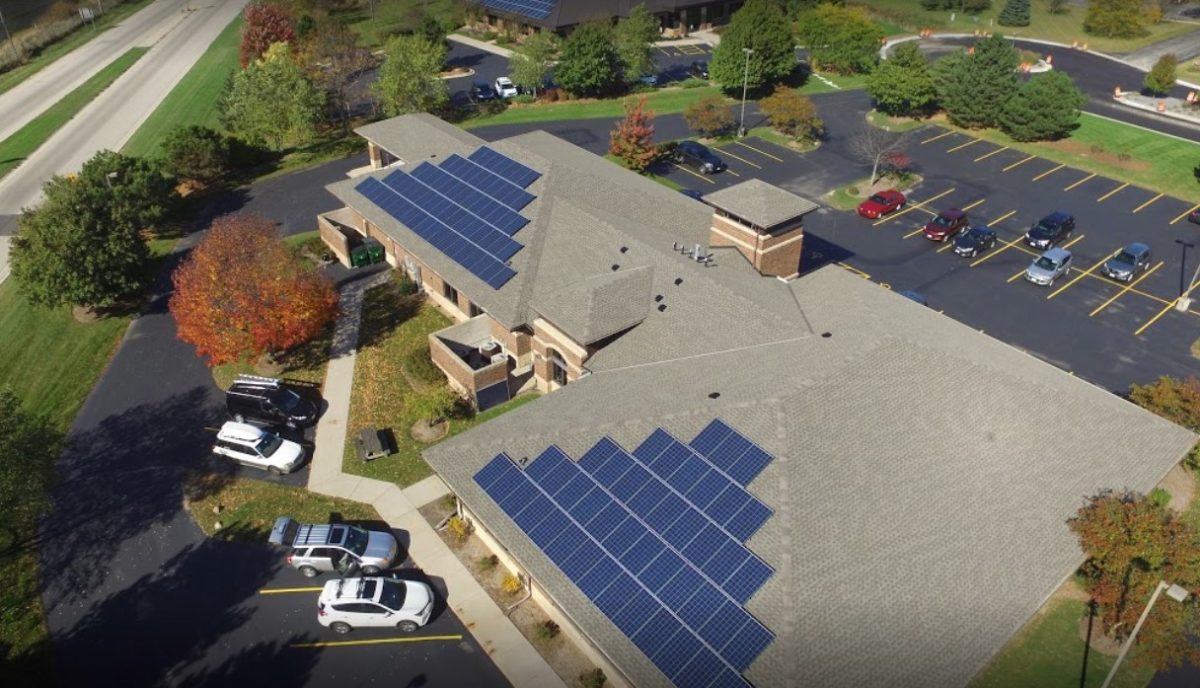SunVest New Energy, LLC, a partnership between SunVest Solar, a Wisconsin-based solar developer with roughly 100 MW installed nationwide, and New Energy Equity, a solar developer and financing provider for more than 275 MW of commercial, industrial, municipal, and utility projects, announced that the company has been awarded 37.6 MW of community solar capacity under the Illinois Adjustable Block Program.
According to SunVest New Energy, the roughly 38 MW allotment is the largest award granted to a single developer under the program, which was officially approved in September 2021. The company has until mid-March to notify the Illinois Power Agency (IPA) about projects they intend to build in their project pipeline, which includes proposed installations across the state.
Through the previous IPA lottery process in 2019, SunVest New Energy won contracts for 10 projects totaling 27 MW, which was the third highest award in the lottery.
The passage of the Climate and Equitable Jobs Act allowed the Illinois Power Agency to proceed with a solicitation, after nearly a year of dried-up funds and projects wasting in limbo.
Once the funding ran out at the end of 2020, businesses could no longer take on new projects and, as a result, the state’s solar industry lost roughly 3,500 jobs through August 2021, according to the Solar Energy industries Association. This incentive-related employment loss was essentially piling on the tens of thousands of solar jobs that were lost nationally in 2020, due to the Covid-19 pandemic.
Prior to that point, Illinois had been experiencing a solar development boom that had put the state on track to meet its 2008 RPS goal of requiring utilities to source 25% of their electricity from renewables by 2025. With seven months of job loss and stagnation in development, progress towards that figure stalled entirely, and the state is now rushing to get back.
One provision of the Climate and Equitable Jobs Act directs the state to pursue 3a 50% increase in the pace of renewable energy development in Illinois, putting the state on target to reach 40% renewable energy by 2030.
This content is protected by copyright and may not be reused. If you want to cooperate with us and would like to reuse some of our content, please contact: editors@pv-magazine.com.









I hope that we are reaching the point where the project sizes get smaller, but have more of the projects. We have seen what can happen to the “grid” due to storms. And there are other threats out there to a large grid. Why not have more small projects , but spread out, basically a series of “micro-grids” . Not talking about the typical micro-grid that would power one company per se, but maybe a micro grid that could power a small town. And I sure hope these large projects are not taking agriculture land out of production, rather I hope these projects are taking advantage of the principles of Agri-voltaics. And I mean more than just putting pollinator plants under the panels. I mean actual food and crop production. One can still put shorter stature pollinator plants under the vertical bifacial Solar Fence style panels in that one foot or so wide zone. Then crops can be grown between the rows. Additionally this is much more aesthetically pleasing, and should lead to less community pushback compared to large solar projects that look like industrial parks. This is a win win solution in my opinion compared to just covering the land with panels and taking away the green rural landscape . I hope more synergistic solutions are the plan from here on out.